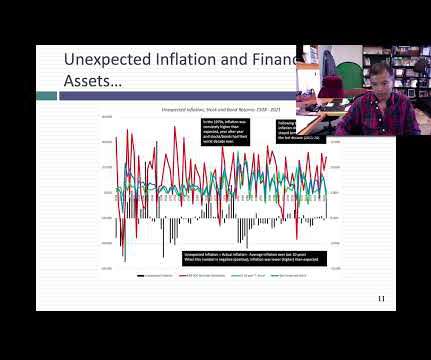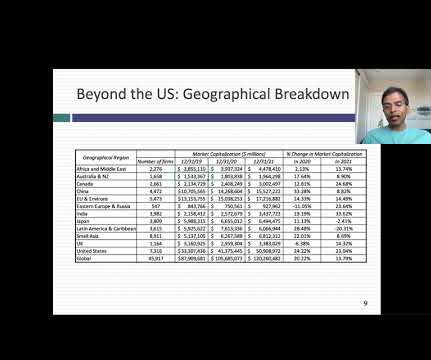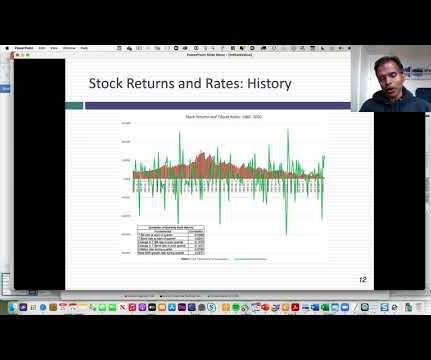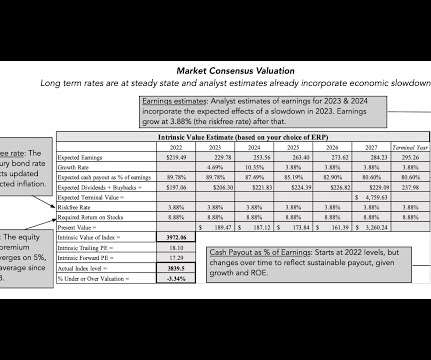Data Update 3: Inflation and its Ripple Effects!
Musings on Markets
JANUARY 27, 2022
Put simply, no central bank, no matter how powerful, can force market interest rates down, if inflation expectations stay low, or up, if investor are anticipating high inflation. For those who track the slope of the yield curve, and I am not one of those who believes that it has much predictive power, it was a confusing year.












Let's personalize your content